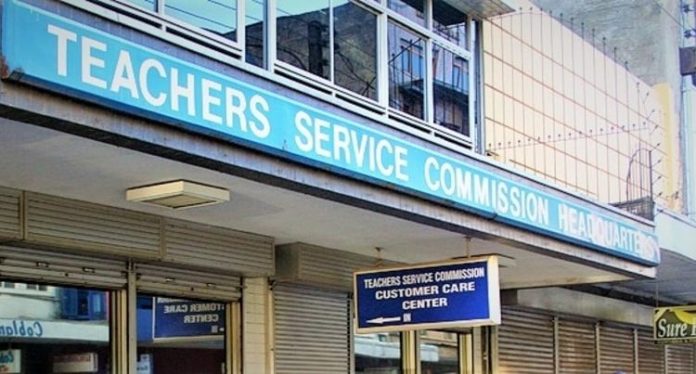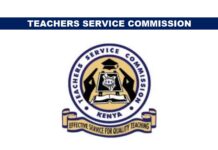
TSC New Hardship Areas And Allowance Rate Per Job Group
KEY POINTS
In 2021, the Government revised the hardship areas, scrapping some on the ground that they can no longer become hardship areas now that they have undergone significant development in terms of availability of social amenities and all-weather roads.
KEY TAKEAWAYS
In December 2014, the Salaries and Remuneration Commission, SRC, reviewed hardship allowance to be paid at a flat rate for all equivalent grades/ job groups. The Commission effectively abolished the pegging of the hardship allowance as a percentage of basic pay.
The Teachers Service Commission, TSC, has made a new list of hardship areas public, and the commission’s 2021–2025 Collective Bargaining Agreement contains these statistics. The list of Arid and Semi-Arid lands, sometimes known as hardship areas, has been revised to add new regions.
Teachers working in hardship areas get a special allowance called a ‘hardship allowance’. TSC pays extra allowances (hardship allowances) to teachers working in areas classified as hardship.
Hardship allowance is therefore paid in an effort to compensate for the cost of living for teachers working in areas designated as hardship.
In 2021, the Government revised the hardship areas, scrapping some on the ground that they can no longer become hardship areas now that they have undergone significant development in terms of availability of social amenities and all-weather roads.
In December 2014, the Salaries and Remuneration Commission, SRC, reviewed hardship allowance to be paid at a flat rate for all equivalent grades/ job groups. The Commission effectively abolished the pegging of the hardship allowance as a percentage of basic pay.
The Teachers working in hardship areas face a myriad of challenges; from lack of water, and flooding to hostile living conditions characterized by constant spates of attacks.
While classifying an area to be a hardship area, the locality must meet any of these conditions:
Lack of or unavailability or inaccessibility to food
Inadequate water, transport, and communication network
Limited basic social services and amenities
Persistent harsh climatic conditions like flooding, landslides, and drought
Insecurity and high possibility of security threats
The official ASAL and Hard to staff areas include;
Baringo North; Tiaty East, Tiaty West, and Marigat sub-counties in Baringo County.
Garissa County
Suba and Mbita sub-counties in Homa Bay County
Isiolo County
Mashuuru, Loitoktok, and Kajiado West sub-counties in Kajiado County
Kwale County
Magarini and Ganze in Kilifi County
Lamu County
Mandera County
Marsabit County
Mumoni, Mutito North, and Tseikuru sub-counties in Kitui County
Narok South and Narok North sub-counties in Narok County
Samburu County
Taita Taveta County










I doubt this list is complete.